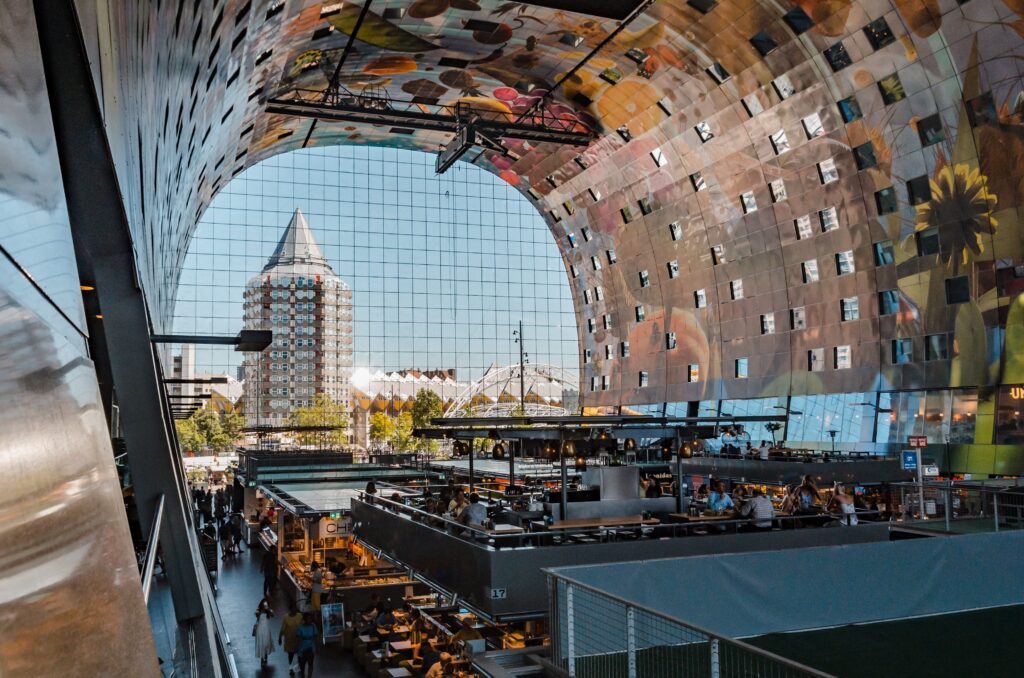Today’s healthcare systems are relics from the past. They are based on the creation of huge networks of medical institutions combined with financial and social policies that promised to make them accessible for everyone. Medicine represented the frontlines of public health. By now these systems have become obsolete. In the face of exploding costs and shrinking populations, many healthcare systems face financial meltdown. Acknowledging that public health benefits most from non-medical strategies, the WHO now promotes a ‘health-in-all-policies’ approach. Attention shifts towards prevention and health promotion. This calls for new networks of healthcare facilities. The barriers between medical and non-medical policies need to come down. The biggest challenge is to bridge the gap between medical professionals and designers. Only if these disciplines learn to cooperate with each other in the analysis and design of cities and buildings will it be possible to fully exploit the potential in architecture and urban planning to promote public health. Achieving this is one of the Centre’s principal missions.

The Centre combines the research activities of its core members and also engages in research projects for, amongst other clients, municipalities and healthcare institutions. Integration is a key term. Characteristic for the work of the Expertise Centre is the ambition to integrate relevant medical knowhow in the analysis and design of the city. The architectural design disciplines have developed the most adequate vocabulary for the analysis of the built environment and the way it impacts lifestyles. The urban discipline can map the distribution of people’s activities (‘functions’) in space (‘zoning’); it analyses the connections between these zones (roads, highways, public transportation, but also telecommunication, mobile phones and the Internet), which ideally results in precise assessment of the citizens’ daily living patterns. The health performance of cities is determined by many aspects, among others the building types and the design of public space (street profiles, greenery, water). The Expertise Centre uses a simple but adequate model of the healthy city as a bridge between urbanism and its intended impact om public health.
The Centre initiates and is involved in various research projects. To this end, it closely cooperates with the Expertise Centre Landscape, CASUS, and the European Network Architecture for Health [alledrie als link]. Currently, the Centre works on an analysis of public health in post-war neighbourhoods.
